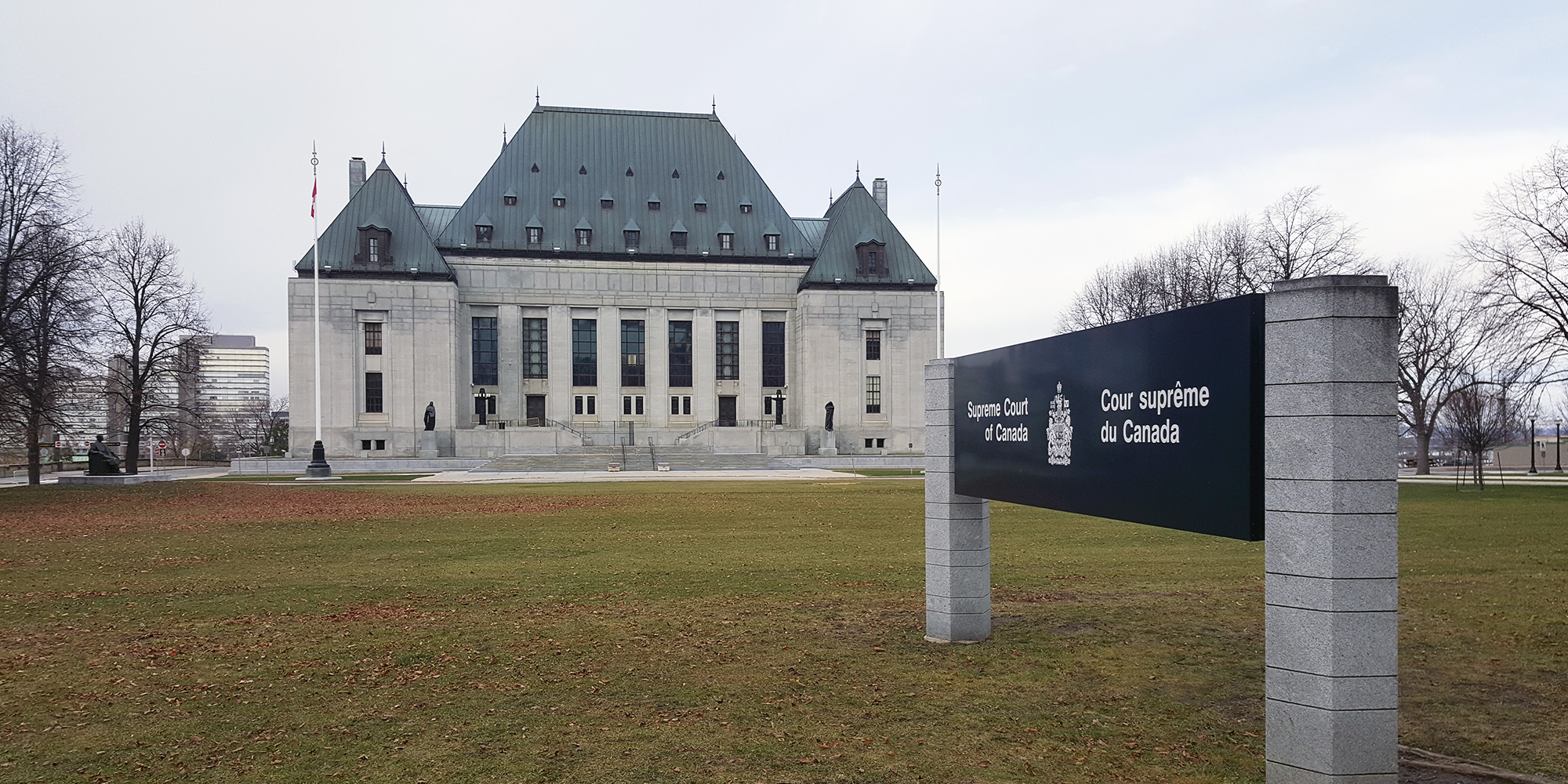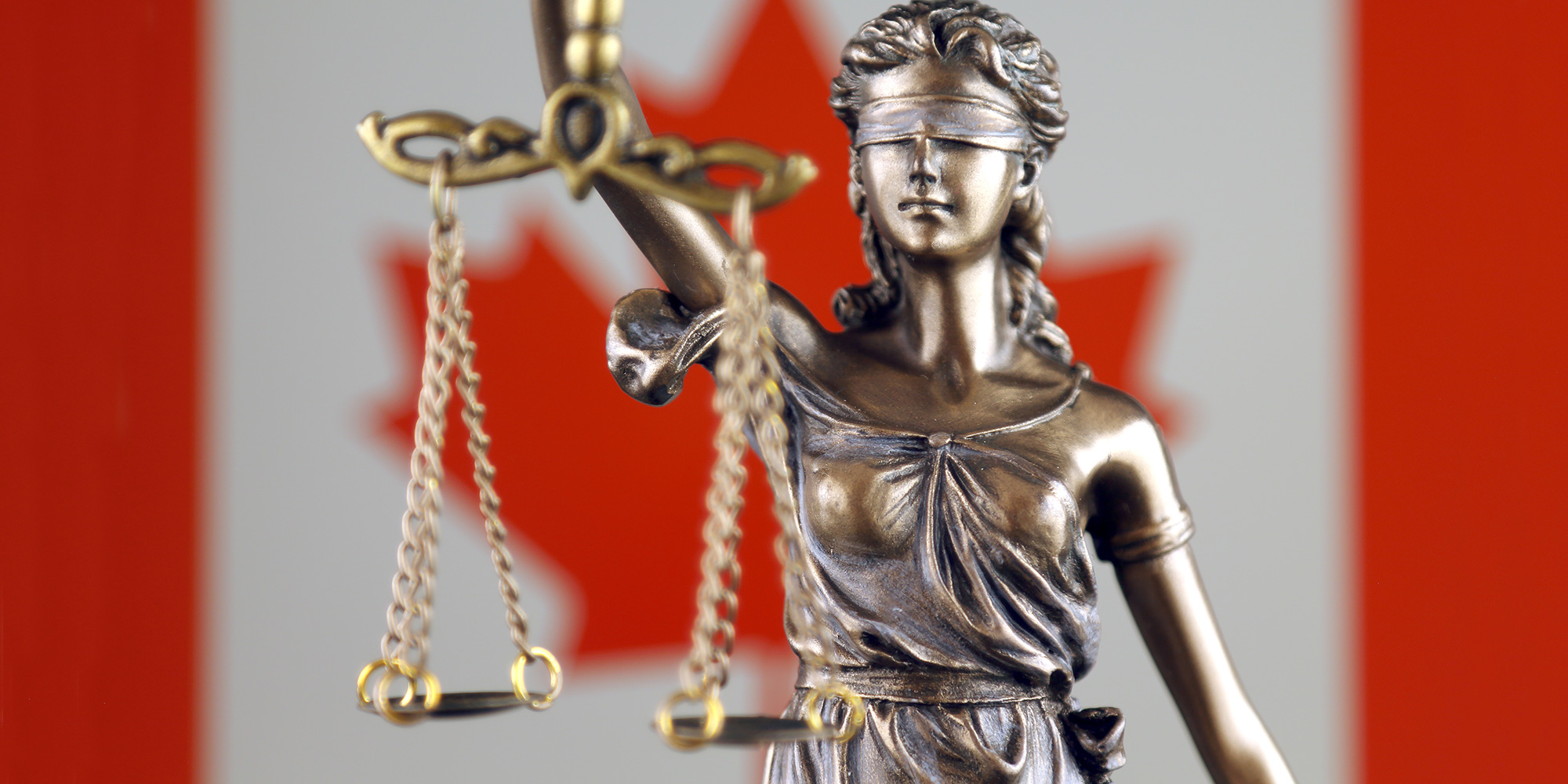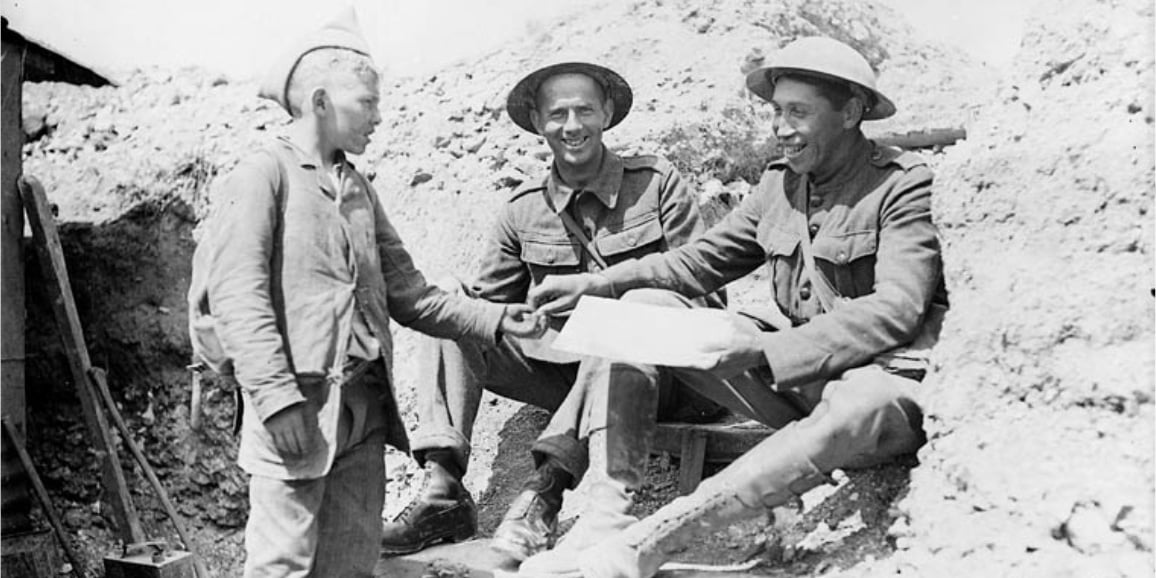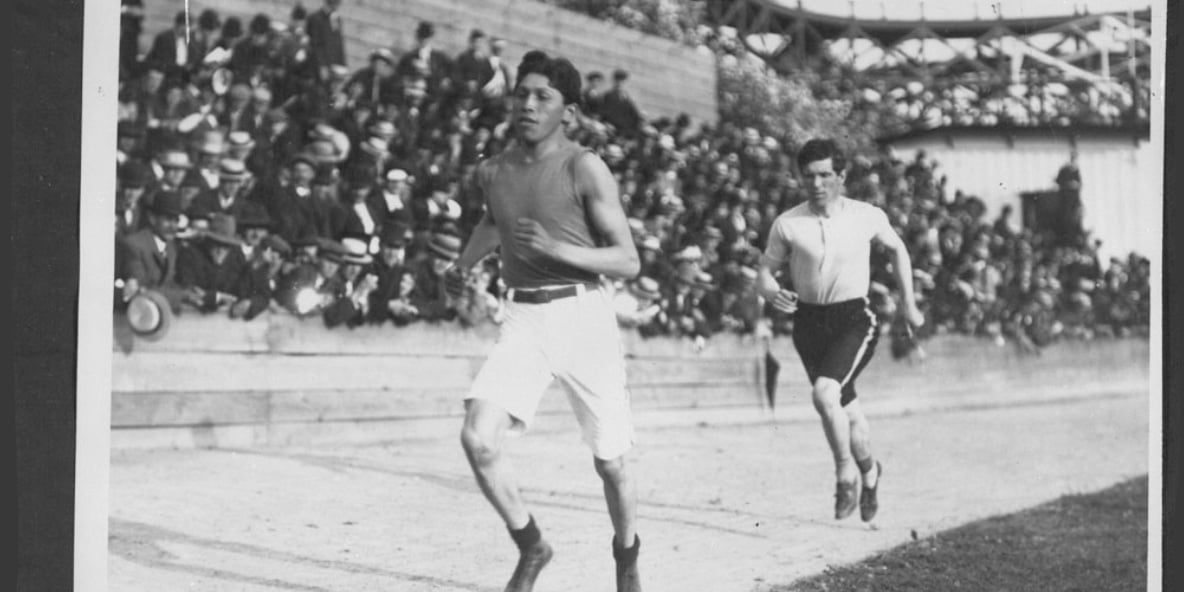Calder Case
For many years, the Government of Canada refused even to entertain the concept of Aboriginal title. That policy mountain moved in 1973, shortly after...

This is another installment in our series on the people behind the transformational court cases that affect Indigenous Peoples in Canada. Please visit Delbert Guerin Defender of the Musqueam Nation and Delgamuukw and Gisday’way to learn about the men behind those court cases.
The late Frank Calder (1915-2006) was renowned for many barrier-busting achievements but he is arguably best known for the landmark Calder vs. Attorney General of BC as this is the decision that established for the first time that Aboriginal title exists in modern Canadian law. The Calder case was the foundation for the famous Nisga’a Treaty.
In a story told by the Nisga’a people, Frank Calder’s most famous achievement was preordained. In 1913, a young son of Na-qua-oon (Alfred Calder, traditional chief of Nisga’a Wolf clan) and his wife Louisa, tragically drowned. Just over a year later, an elderly woman from Gingoix dreamed that Louisa’s sister Emily would give birth to a son who would bear the spirit of Na-qua-oon’s dead son. When Emily gave birth to her third son, Frank, he was adopted by Na-qua-oon. Four years later, the Nisga’a clan held a meeting to discuss their ongoing land claim struggle - a struggle that was likened by the chiefs to be the equivalent of moving a mountain. Na-qua-oon presented four-year-old Frank and said “I’m going to send this boy to school where the K’umsilwan [white people] live. And I’m going to make him learn how the white man eats, how the white man talks, how the white man thinks, and when he comes back, he’s going to move that mountain.”
Young Frank was accordingly sent to school, the Coqualeetza Residential School, run by the Anglican Church. He broke his first barrier when he attended UBC as the first status Indian to do so. He graduated from the Anglican Theological College in 1946 but had had a change of heart by then and decided the life of a priest was not for him.
Calder chose instead to go into politics and in doing so broke his second barrier. He ran for the Co-operative Commonwealth Federation (now known as the New Democratic Party) in Atlin, won, and became the first Indigenous person to be elected to a Canadian legislature. An additional remarkable note about this achievement is that he did so in an era in which Indigenous people did not have the right to vote. In his maiden speech in 1950, Mr. Calder called for a bill of rights and began his fight to open land claim discussions (which had been closed since 1927) and establish treaties.
His decision to enter politics led to two more barriers being broken - he was the first Indigenous person to be elected to Parliament, and the first to become a minister of the Crown. He also was a recipient of the Order of British Columbia.
While in cabinet and pushing for Aboriginal rights and issues, he was also working to bring together the Nisga’a clans to work on their land claims under his leadership. The Nisga’a Tribal Council was formed in 1955. He served as president for 20 twenty years and inherited the title Chief Long Arm from Na-qua-on.
He asked a young lawyer named Thomas Berger to represent the Nisga’a in their legal challenge. The Calder case was launched in September 1967 and went to trial in 1969. They lost at trial and on appeal, applied to the Supreme Court of Canada, but the case was dismissed without considering the issue of Aboriginal title.
As disappointing as that decision was, it wasn’t the end of the story. The political climate in Canada was undergoing fundamental change with pressure being applied on Ottawa to recognize its obligation to settle land claims. In 1973, Jean Chretien, as Minister of Indian Affairs, opened the process which led to the Nisga’a Treaty being ratified in 2000 - Frank Calder, who had started the ball rolling, was by then 84.
The Nisga’a named him “Chief of Chiefs” as a tribute to him actually “moving the mountain”.
Interestingly, Calder chose to be buried in Ross Bay Cemetery in Victoria rather than on NIsga’a territory because “I want people to pass by and look at my memorial and ask “Who is that, what did he do?” and someone will tell them about the Nisga’a Lisims Government and how it came to be.”
Featured photo: Shutterstock

For many years, the Government of Canada refused even to entertain the concept of Aboriginal title. That policy mountain moved in 1973, shortly after...

When we think of Indigenous war heroes Tommy George Prince immediately and justifiably jumps to mind. But, there are many other Indigenous heroes who...

To celebrate National Indigenous Peoples Day on June 21 we have compiled a list of 21+ important Indigenous people from all walks of life. It is a...